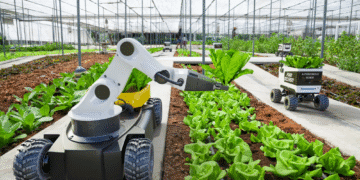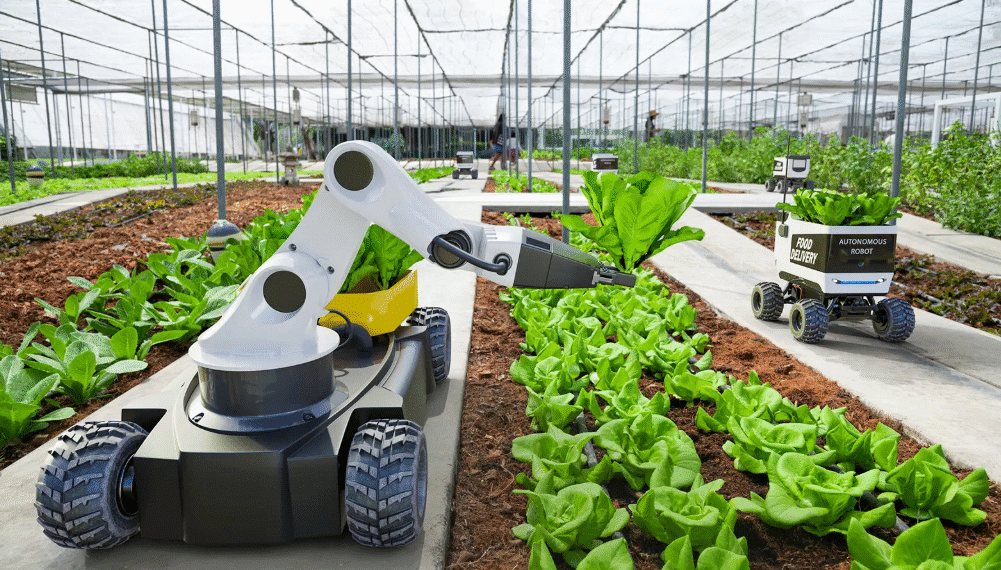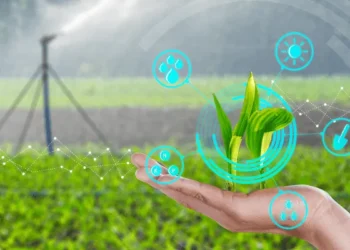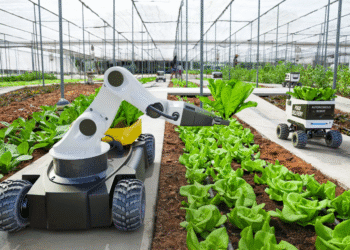Anindita Nayak
Bhubaneswar, 2 October 2025
Between 2020 and mid-2025, over 160 Indian agritech startups raised more than $2 billion across 246 deals. Growth-stage firms received $1.59 billion, while early-stage ventures got $500 million.
Despite strong momentum in 2021 and 2022, driven by venture capitalists, government support, and ecosystem backing, funding has since stalled. This has left major players like Ninjacart, Dehaat, and WayCool short of unicorn status. It has also led to layoffs and shutdowns throughout the sector. The industry now faces urgent challenges. It needs a new green revolution to maintain its growth.
According to Entrackr, agritech startups in India have raised only 2% of the total $107 billion in venture funding since January 2020. This amount is much lower than sectors like fintech, SaaS, e-commerce, healthtech, and edtech. Despite this funding, the agritech sector has not yet produced a unicorn, while India’s overall startup ecosystem has over 120 unicorns. The top three funded players—Ninjacart, Dehaat, and WayCool—last secured major equity rounds in 2022, with valuations of $815 million, $705 million, and $700 million, respectively.
Indian agritech funding peaked during the 2021, 2022 boom. It rose from $155 million in 2020 to $630 million in 2021, which is a fourfold increase. Funding then climbed another 25% to a record $802 million in 2022. Since then, investor interest has declined sharply. It fell 78% to $178 million in 2023, saw a brief 30% rebound in 2024, and dropped again by 58% to $96 million in the first half of 2025. For context, agritech startups raised $222 million in 2019 and $89 million in 2018, according to Venture Intelligence.
Walmart-backed Ninjacart leads India & agritech sector after raising over $370 million. This includes a $9 million round in May 2022 at a valuation of $815 million. WayCool follows with $307 million, and DeHaat has raised $270 million, both valued at around $700 million. Most of these top-funded platforms follow a gross merchandise value (GMV) model, which shows the total value of goods transacted. Other important players in the market are Arya.ag ($174M), AgroStar ($120M), Absolute ($115M), Jai Kisan ($92M), Vegrow ($86M), Ecozen ($70M), and Farmart ($63M).
Delhi-NCR emerged as the leading hub for agritech funding in India, securing $851 million across 71 deals and representing approximately 40.6% of the sector’s total investment. Bengaluru ranked second, attracting $550 million through 76 deals, reflecting a 26.25% market share. Chennai, Pune, and Mumbai also played significant roles, raising $254.75 million (18 deals), $149.89 million (20 deals), and $145.55 million (16 deals) respectively. Notably, Hyderabad, Kochi, Ahmedabad, and a range of Tier-II cities also attracted considerable investment, underscoring the expanding geographic reach of agritech funding in India.
Several farm-to-fork startups, such as Fraazo, Otipy, and Deep Rooted, initially attracted significant investment but ultimately ceased operations. These closures underscore the inherent difficulties in scaling such ventures within India’s intricate supply chain, which is marked by low profit margins and entrenched traditional competitors. ReshaMandi, a startup focused on the silk supply chain, also halted operations, primarily due to governance failures, including misreported revenues and fraudulent invoicing. Despite these notable setbacks and persistent challenges in fundraising, the sector has experienced less consolidation than originally anticipated.
Only 23 of the more than 210 VC, PE, and government-backed funds that have been established in India since 2024 focus on agritech, with a small number of specialised firms like Northern Arc, Stride Ventures, Alteria Capital, Orient Growth Ventures, and Omnivore. Initiatives like AgriSURE & $90M fund (2024) and programs like the Innovation and Agri-Entrepreneurship Development Programme (2018, under RKVY RAFTAAR), which offers funding, incubation, and mentoring, as well as Agri Udaan (2017), a food and agribusiness accelerator to scale agritech innovation, are examples of government support.
Although rare investments are still coming from entrepreneurs and government programs, the outlook for Indian agritech funding remains bleak. Heavy-handed regulations and too much government interference have stifled innovation and scalability, similar to the plight of microfinance. Most farm-to-fork businesses have adjusted to a low-value “mandi-to-fork” model based on the reality of thin margins and limited consumer growth. Each of these areas provides glimpses of opportunities, but they also require potentially 5-year fixes that VCs purposefully avoid. Although the conditions do not favor profitable large businesses, the number of trading shifts currently undergoing by farmers and consumer entrepreneurial necessity should, at some point, lead to visible new firms to add some much-needed dynamism to this critical but poorly performing agricultural economy.





















